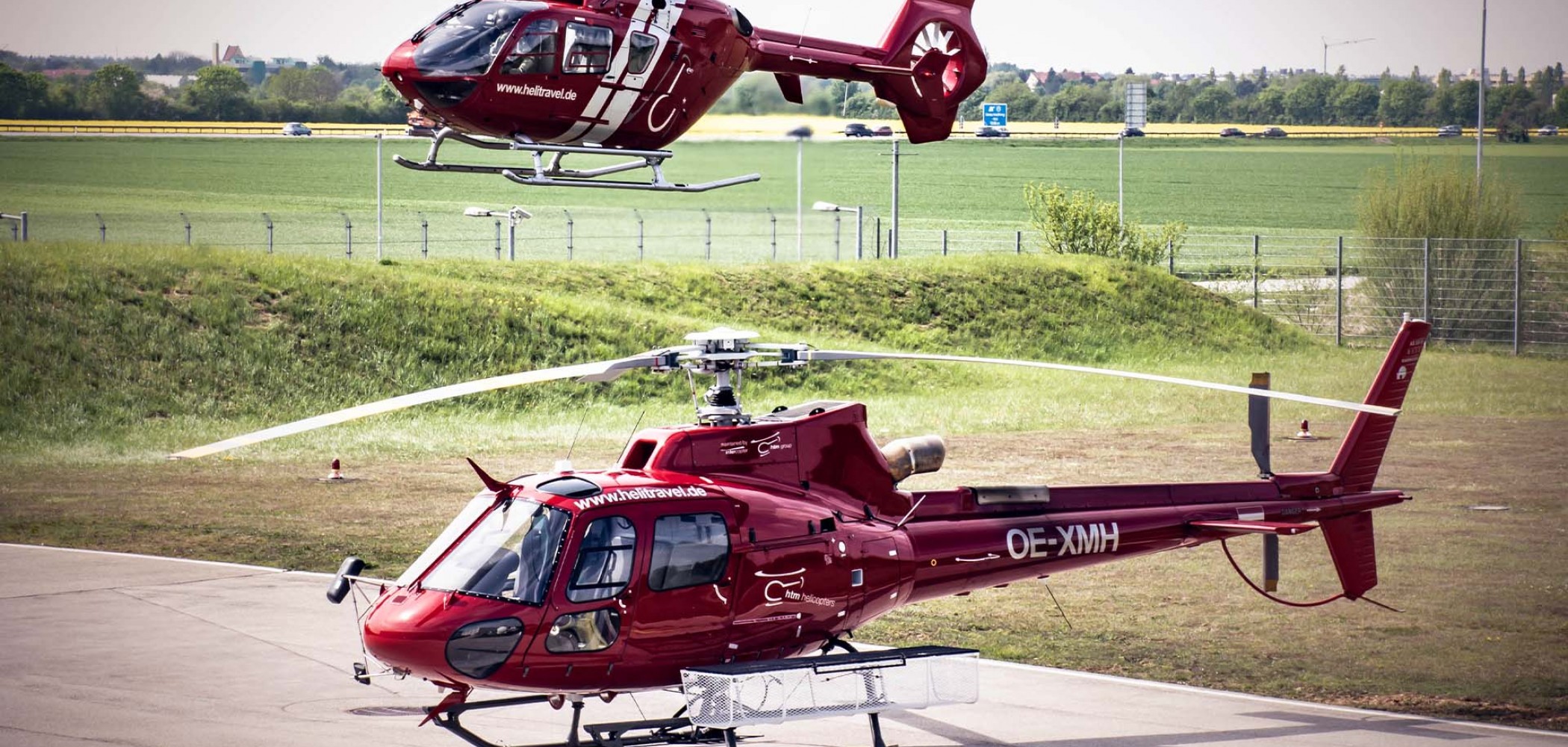


Theory
Air traffic law
Human performance
Meteorology
Communication
Principles of flight
Operational procedures
Flight performance and planning
General aircraft science
Navigation
Prerequisites
Minimum age for first solo flight: 16 years
Minimum age at license acquisition: 17 years
Medical fitness, class 1 or 2
Successful background check (acc. to §7 LuftSiG)
Extract from the Register of Driver Fitness (FAER), not older than 6 months
Proof of identity (official identity document with photo)
Declaration of pending criminal proceeding
2 passport photos
Theory
Air traffic law
Airframe, systems, electronics, engines
Instruments
Mass and load
Flight planning
Flight performance
Human performance
Meteorology
General navigation
Radio navigation
Operational procedures
Aerodynamics
Communication (VFR)
Prerequisites
Minimum age at start of training: 17 years
Minimum age at license acquisition: 18 years
Medical fitness, class 1
Successful background check (acc. to §7 LuftSiG)
Extract from the Register of Driver Fitness (FAER), not older than 6 months
Proof of identity (official identity document with photo)
Declaration of pending criminal proceedings
Proof of first aid measures, not older than 12 months
Proof of knowledge in mathematics, physics and English
Private pilot license, radio communication certification, evidence of flying hours
2 passport photos
Theory
Air traffic law
General aircraft knowledge / on-board instruments
Flight planning and monitoring
Human performance
Meteorology
Radio navigation
IFR communication
Prerequisites
PPL(H) with night flight qualification, ATPL(H) or CPL(H) license, at least 50 hours of cross-country flight time as pilot in command of helicopters or airplanes, of which at least 10 hours must be on helicopters
Medical fitness, class 1 or 2 (depending on license)
Successful background check (acc. to §7 LuftSiG)
Extract from the Register of Driver Fitness (FAER), not older than 6 months
Proof of identity (official identity document with photo)
Type rating for the type on which you wish to take the IR(H) examination
License, radio communication certification, evidence of flying hours
2 passport photos
Prerequisites
Minimum age at start of training: 18 years
Successful background check (acc. to §7 LuftSiG)
PPL or CPL license
Radio communication certification (BZF 1)
250 flying hours
◦ Of which 100h as PIC, if CPL holder
◦ Of which 200h as PIC, if PPL holder, CPL theory10 hours instrument flight training
◦ Of which maximum 5 hours in the simulator20 hours VFR cross-country flight
Practice
When used for flights under visual flight rules (VFR):
15 hours in FNPT-II flight simulatorWhen used for flights under instrument flight rules (IFR):
20 hours in FNPT-II flight simulatorIn both variants, they act as “pilot flying” and “pilot monitoring” for half of the
hours to be completed.
Theory
The theory training includes 25 hours. In this part of the training we teach you the basics of the cooperation of a so-called “multi-member crew”.
Throughout the training, emphasis is placed on crew cooperation in normal and extraordinary procedures that may occur and, of course, emergency procedures.
Practice
When used for flights under visual flight rules (VFR):
15 hours in FNPT-II flight simulatorWhen used for flights under instrument flight rules (IFR):
20 hours in FNPT-II flight simulatorIn both variants, they act as “pilot flying” and “pilot monitoring” for half of the
hours to be completed.
Theory
The theory training includes 25 hours. In this part of the training we teach you the basics of the cooperation of a so-called “multi-member crew”.
Throughout the training, emphasis is placed on crew cooperation in normal and extraordinary procedures that may occur and, of course, emergency procedures.
Transfer of licenses
Flight licenses acquired outside of Europe or the EASA area of validity are not or only partially recognized by the German FAA.
In order to exercise your rights as a pilot in Germany or another European country, you must complete certain training content again. The training effort depends on whether you want to fly privately or commercially and on your already accumulated flight experience. We would be pleased to accompany you on your way to an EASA license and will advise you on any matters.

Training and reregistration
To begin a training or request a reregistration of your existing license, please contact
us!
SEND REQUEST NOW
